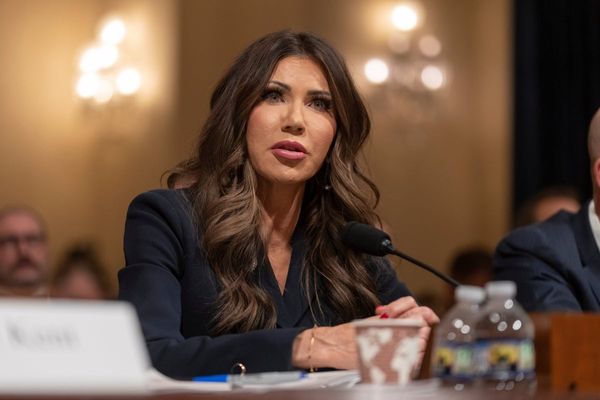The abrupt departure of a strong and long-serving leader is always a time of both anxiety and hope. The comforts of stability and familiarity are shaken, but there is the potential to right wrongs and breathe new life into the nation. Shinzo Abe’s unexpected announcement Friday that he was stepping down after two stints as Japan’s prime minister, totaling 8 1/2 years, is just such a moment.
Abe’s greatest achievement was to bring stability to a government that had known seven prime ministers in seven years before him, and he used his firm control over the governing Liberal Democratic Party to begin a number of critically needed economic and social reforms. He put in place aggressive expansionary economic policies — referred to as Abenomics — that initially helped propel growth, employment and corporate earnings. He challenged how Japan did business, expanding the participation of women and immigrants in a deeply conservative society and shaking up the nation’s hidebound boardroom culture.
Abe advanced the notion that Japan needed to be a “normal country” by taking more responsibility for its own defense and signing free-trade deals with the European Union and the countries that remained in the Trans-Pacific Partnership after President Donald Trump withdrew the United States. He consistently stressed the need to rein in North Korea. He also somehow managed to be one of the few foreign democratic leaders to maintain something of a rapport with Trump, thus keeping — in the words of an editorial in The Japan Times — “a tempestuous Donald Trump from wreaking too much havoc on the Japan-U.S. relationship.”
Yet by the time Abe stepped down, citing the same chronic disease that curtailed his first short-lived stint as prime minister in 2007, the coronavirus pandemic had largely wiped out the achievements of Abenomics, and his approval ratings were at one of their lowest points since his current term began in December 2012. His efforts to alter Japan’s deeply entrenched ways had made only a partial dent.
Before the pandemic Abe was dogged by the sorts of scandals that come with too long a stay in power. He was accused of using an annual publicly funded cherry-blossom party to serve personal interests, and the sale of state-owned land to a school operator linked to his wife came under sharp scrutiny. On the foreign front, Abe took a hard-line stance against paying Koreans compensation for wartime forced labor that soured relations with South Korea, and his chummy relationship with Trump was not enough to prevent the U.S. from imposing tariffs on Japan or leaving the Trans-Pacific Partnership.
On balance, Abe’s legacy is one of beginning urgently needed changes but failing to carry them to an end. That is not entirely his fault: The coronavirus has undermined the best laid plans of most world leaders; he confronted some of the most conservative corporate and social habits in the developed world; and pacifism has been a core guiding principle since Japan’s defeat in World War II. That Abe achieved as much as he did deserves considerable credit.
Fortunately, his successor, who is expected to be named by the Liberal Democratic Party within a month, is likely to stick to Abe’s blueprint and to continue challenging Japan’s stolid habits in commerce, gender and immigration, as well as moving the country from its postwar vow of pacifism and assuming a more active role in containing China and participating in global peacekeeping missions. For all its economic woes, Japan is still the third-richest country in the world.
Yet Abe’s successor will face enormous challenges: an aging and shrinking population; the biggest debt load in the developed world relative to the size of the economy; and an economy that, because of pandemic-related lockdowns, has contracted to where it was when Abe took office. Women are still a long way from parity in employment or pay, and importing laborers remains difficult.
Japan’s next prime minister, moreover, will lack Abe’s greatest asset — the political power he amassed by simply staying in office longer than any of his immediate predecessors. The worst post-Abe scenario would be a revival of political instability, which would inevitably strengthen the bureaucratic state and the stagnation that entails.
Above all, Abe has left a legacy of change to build on. The Liberal Democrats’ choice of the next leader ought to be an unambiguous signal that this is exactly what it intends to do.
View original article on nytimes.com
© 2020 THE NEW YORK TIMES COMPANY







